“Before we have lunch, would ya like to meet Dean Martin?” asked another Martin, this one a guide in Derry named Martin McCrossan. “He might even play the organ for us.”
Well who wouldn’t want to meet Dean Martin? Especially if he was going to play the organ. Who even knew Dean Martin played the organ? Or that he was still alive?
So in a cold hard rain we traipsed up the hill to St. Columb’s Cathedral to meet Dean Martin. Who is a lovely man, really. And still very good looking. Though when did he become a priest?
Actually, that’s the problem, you see. There are no priests at St. Columb’s which is, actually, the mother church for the Church of Ireland and not a Catholic cathedral at all. And Dean Martin is actually the good Reverend William Morton (but in the Irish tongue it comes out sounding like Martin) who is referred to as “Dean” Morton since he’s the Dean of Derry and Rector of Templemore, whatever the hell all that means.
It’s not important. What’s important is that Dean Martin—or Morton—is a lovely man and he loves to play the cathedral’s organ, which is located just to the right and atop the vestibule which the good Dean entered by climbing a rather rickety spiral metal staircase. I sat down in one of the front pews. A few minutes later, Dean Martin began a rather slow dirge that, after a few notes, I recognized as “Danny Boy.”
Of course. What else would Dean Martin play on the church organ in St. Columb’s Cathedral but “Danny Boy.” But then the Dean slowly livened the beat—the way the Stones do in their classic gospel-tinged “You Can’t Always Get What You Want.” In fact, it seemed that Dean Martin was much inspired by that song as he switched cadences completely and suddenly “Danny Boy” went from a dirge to a rollicking rock ‘n’ roll number. It was the most amazing version of the song I’d ever heard. And the most unique. I only wish Dean Martin had had a gospel choir singing back-up. That would have been something, wouldn’t it? But you know what? You can’t always get what you want.

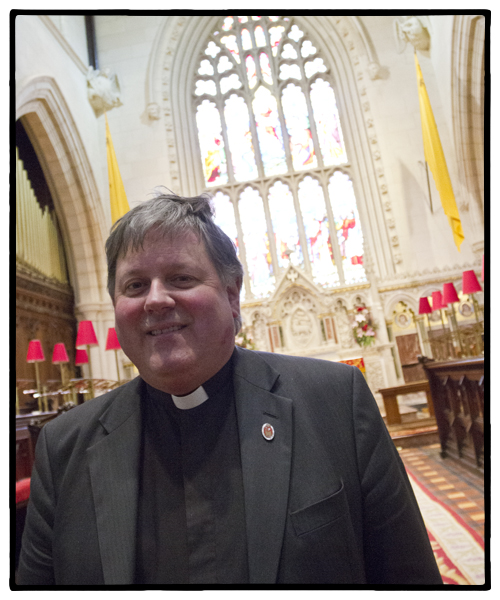
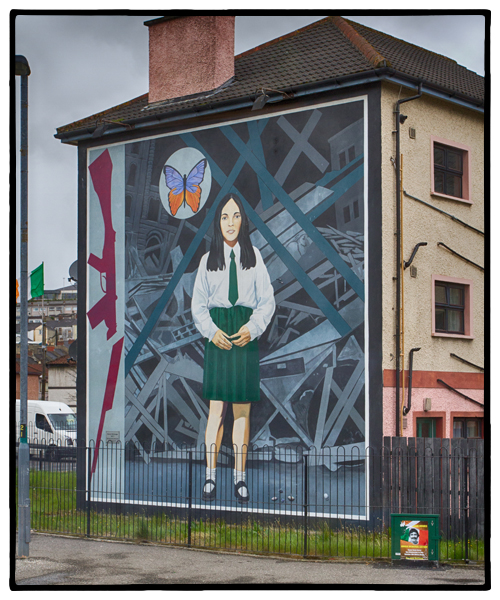
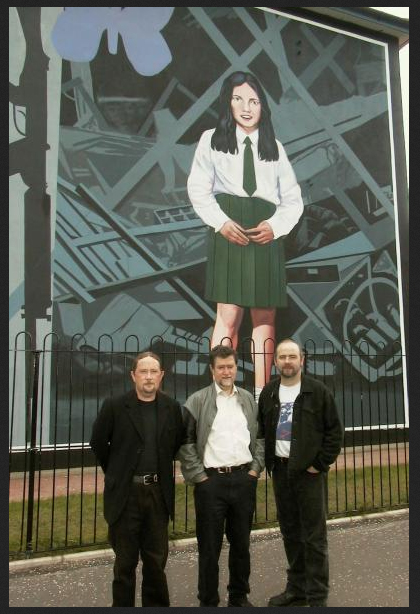
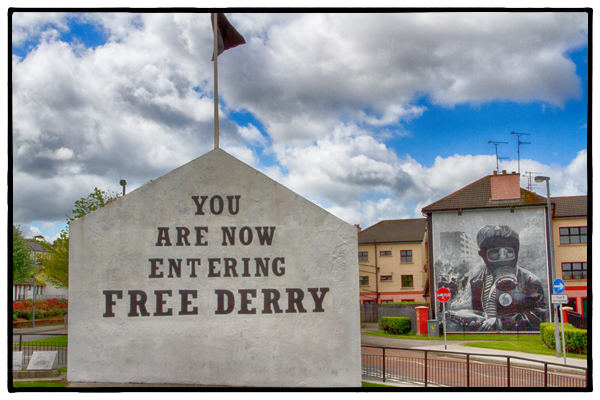
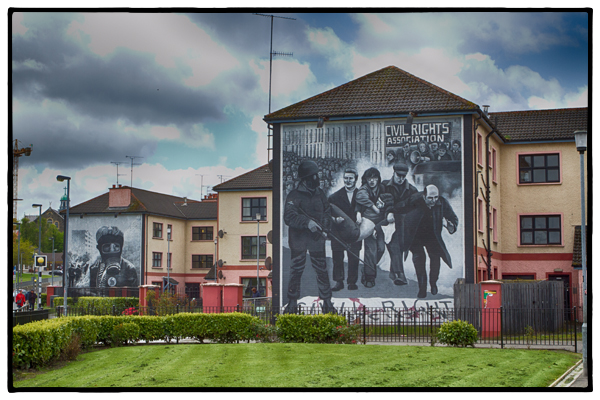
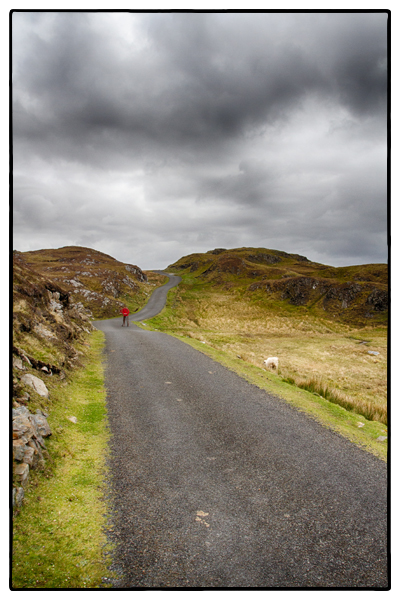

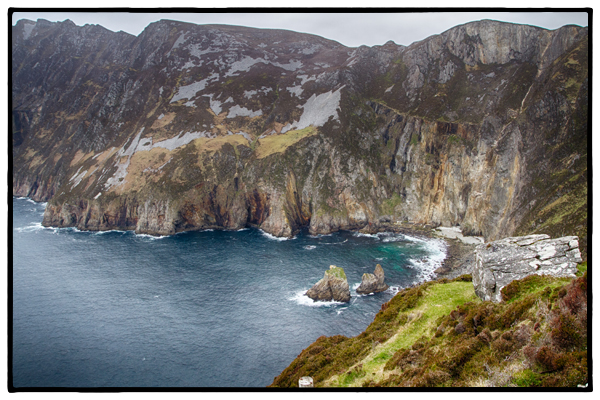
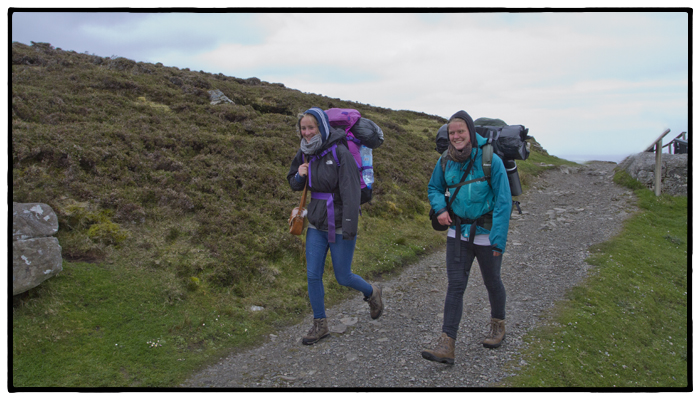
Recent Comments